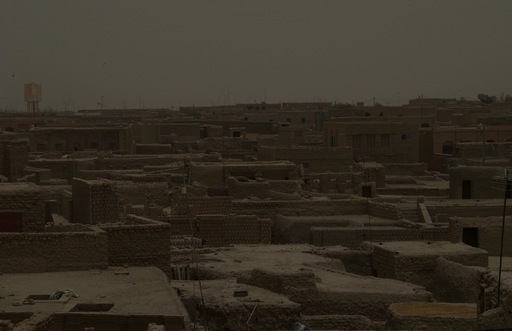
When I heard recently about the rescue of Timbuktu by the French from the Ansar Dine, it somehow made me think of the time when France conquered this city in 1893. The French forces, led by Lieutenant Colonel Eugene Bonnier, with 204 Senegalese Tirailleurs (African soldiers in the French colonial army), 13 French officers, and 9 non-commissioned officers, seized Timbuktu and continued further north to secure the entire area. Bonnier's troops were surprised by a significant force of Hoggar Tuareg who left 12 French officers, 2 non-commissioned officers, an interpreter, and 68 French Senegalese Tirailleurs dead. The French response was brutal and significant. Henri Laperrine led a daring raid against the Hoggar Tuareg soldiers who had perpetrated the massacre against the French. His raid was decisive and deadly and chronicled heavily in the newspapers of France. Yet, from then until now, the Sahara has continued to be a land dominated by the Tuareg. The desert is the Taureg's home; it is part of their identity.
At this time, the world had become smaller. European world supremacy was well established. As for Africa, many of the would-be colonial powers did not know where the borders should be set since most of the areas of the continent were only recently being mapped for Europeans, and many of the areas of the continent were only known to Africans. To resolve this issue, the Berlin Conference was held in 1884. This conference set frontiers, and began the process of the Europeans appropriating the territory for colonial governments. Now back then, if you wanted to claim a territory in Africa, it actually required more than simply planting a flag. If you wanted to be the colonial power in a particular area then the European nation in question had to stake ownership by establishing military and political control with soldiers, settlers, and an administrative structure. So at the Berlin Conference, France was given the Sahara, which was defined by all the land that lay between Algeria and Tunisia in the North to Lake Chad and Middle Niger in the south.
The French Governor of Algeria Jules Cambon, proclaimed that France "will scratch the sand, we shall put rails on it, plant telegraph poles, make wells spring from the soil. From every casbah in every oasis the Gallic cockerel will crow at its loudest and most cheerful." While these French would come to recognize the power of the Tuareg, what they found represented the end of an era and their arrival in Timbuktu marked the beginning of a new era. The Timbuktu of the past was gone. Today, bombs still fall as the French continue to chase the remnants of the Ansar Dine to the edges of Mali. At the same time, the European Union International Development and Aid Ministers are scheduled to meet in the Irish capital of Dublin on Monday, with the goal, once again, of helping Mali. I'm not saying the more things change the more they are the same, but it sure does look like it.
